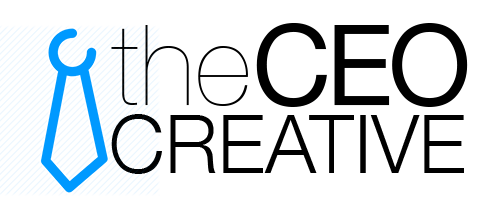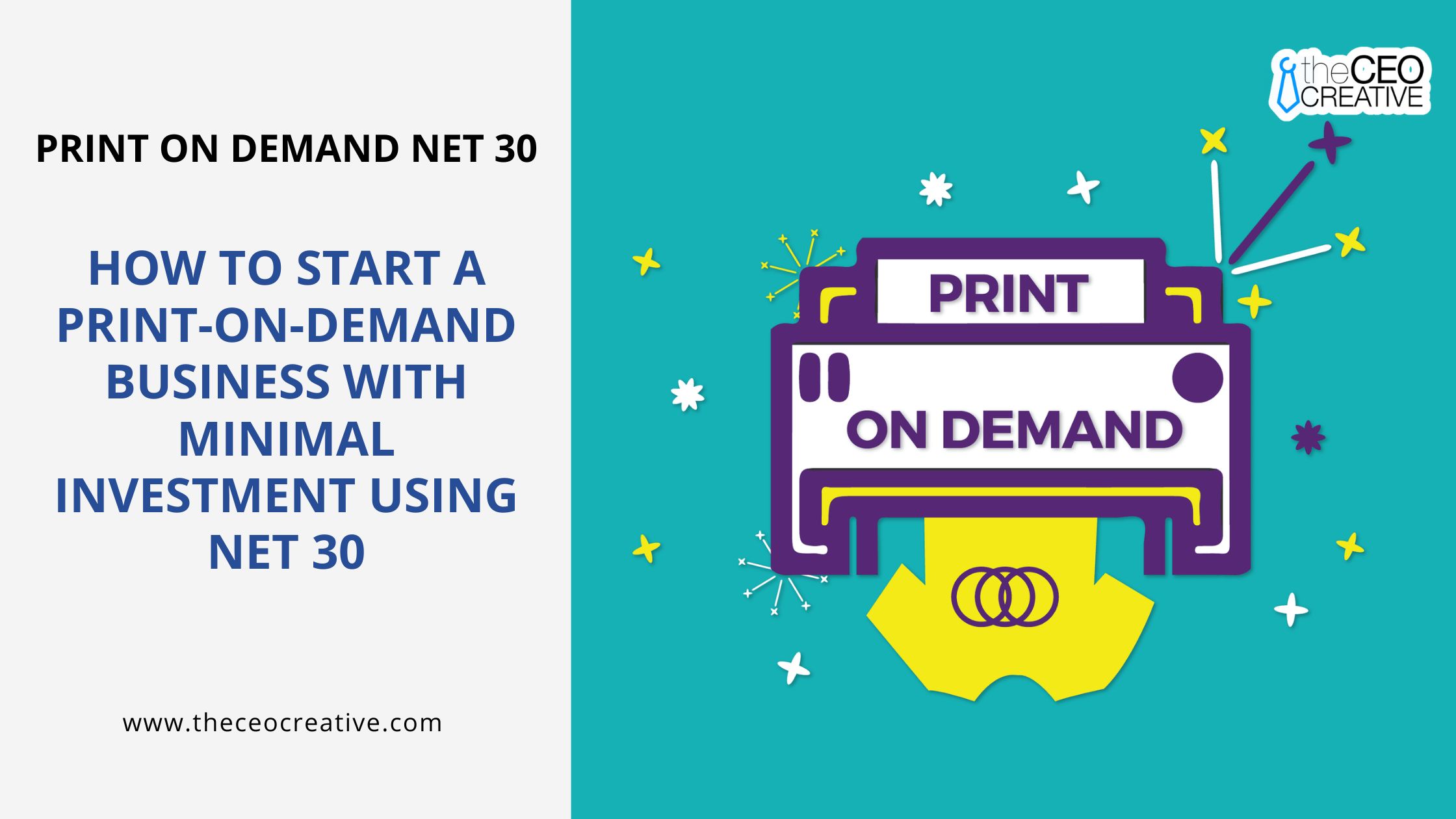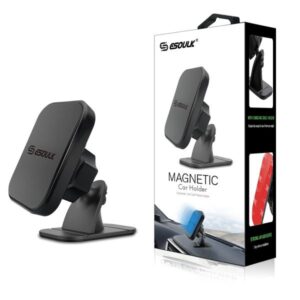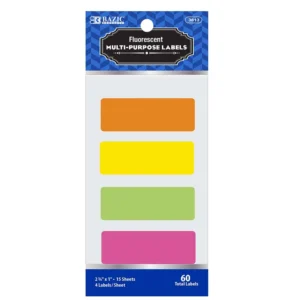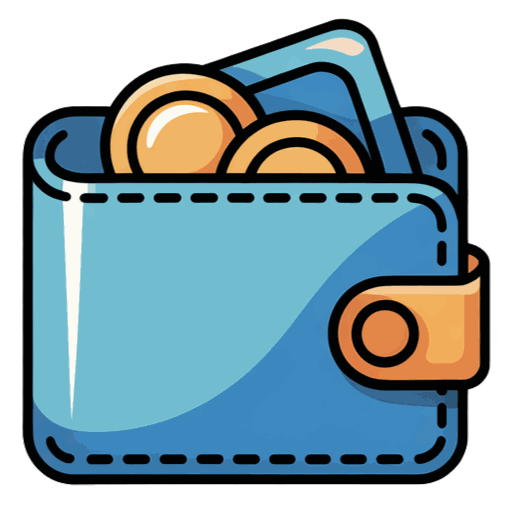Introduction
Dreaming of launching your own print-on-demand business but worried about the costs? Don’t let that stop you! Thanks to the magic of Net 30 terms, you can get your online store up and running without needing a huge upfront investment. With print-on-demand, you can create and sell personalized products without the headache of dealing with inventory. This guide will walk you through how to use Net 30 to effortlessly start your own ecommerce adventure.
Understanding Print-On-Demand
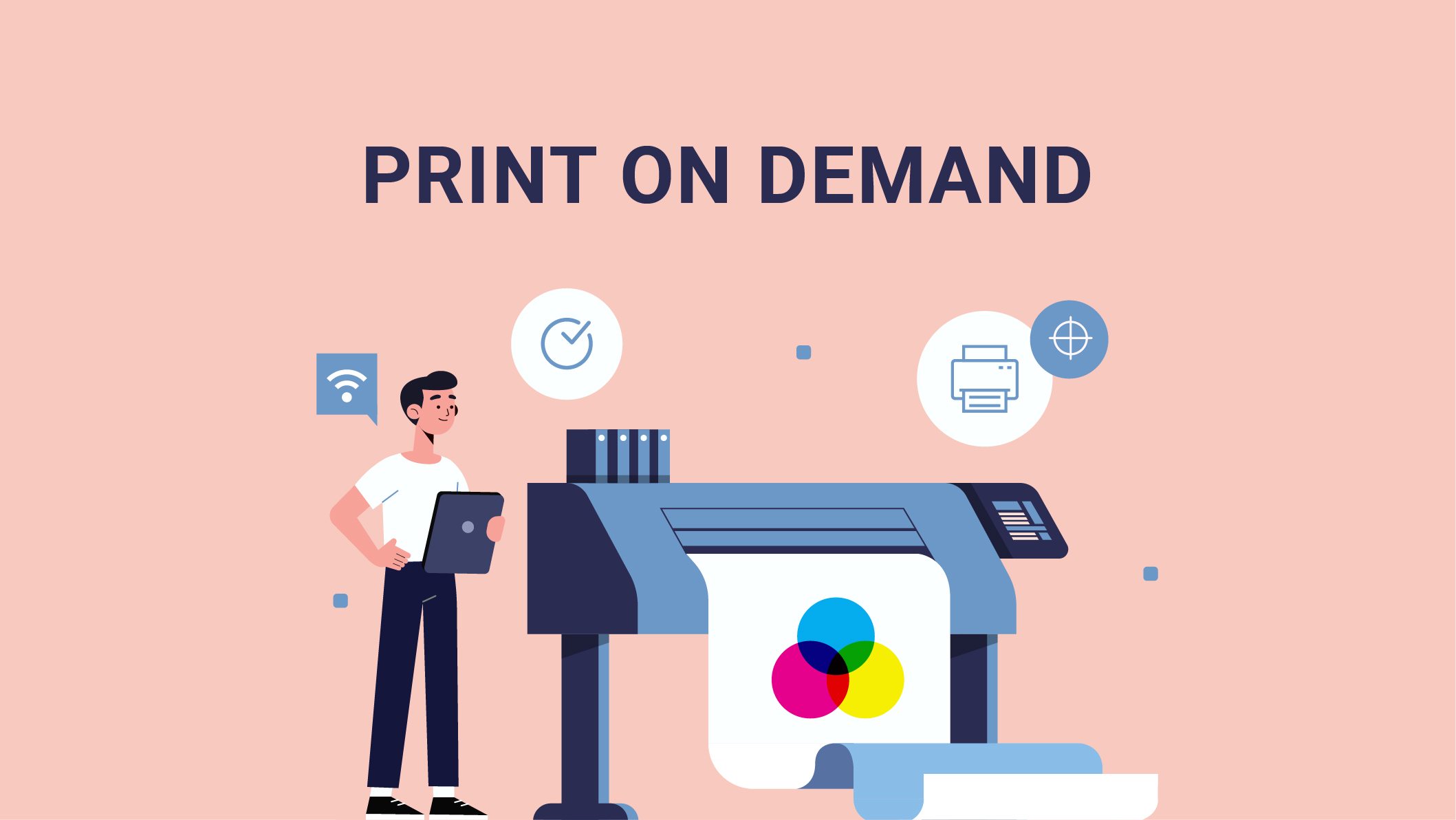
Starting your own business can feel like a huge jump into uncharted territory, especially when you’re trying to figure out how to handle expenses. A cool and popular way to go is the print-on-demand, or POD, method. It’s basically a mix of creativity, running a business, and keeping risks low, all rolled into one. Let’s explore what exactly POD is and why it could be the perfect route for your new business journey.
What is Print-On-Demand?
Print-on-demand is an online business model where products are only created after a customer places an order. Imagine having your own store with unique designs on t-shirts, mugs, and posters, but without the need to keep any inventory until there’s demand. This model is great for artists, designers, and creative individuals who want to sell custom merchandise without spending too much. With POD, you collaborate with a third-party supplier who handles manufacturing and shipping, so you can concentrate on creating amazing designs and marketing.
Benefits of the Print-On-Demand Model
Print-on-demand (POD) offers a bunch of advantages that make it a great choice for entrepreneurs:
– Minimal Risk: You don’t have to shell out a lot of money upfront for inventory or manufacturing. Just upload your designs, and you only pay for products once a customer buys them.
– Unleash Your Creativity: Feel free to experiment with various designs and product options without any financial issues. If a particular item doesn’t sell, simply adjust your selection.
– Room to Grow: As your business expands, it’s a piece of cake to introduce more designs and products without sweating over storage or shipping logistics.
– Let Someone Else Handle the Details: Your POD partner takes care of order fulfillment and shipping, so you can dedication more energy to marketing and interacting with customers.
– Personalize to Your Heart’s Content: You have endless creative possibilities. Start with a small collection and gradually add to it based on what resonates most with your audience.
Challenges and Considerations
The POD model is pretty awesome, but it’s not a walk in the park. Before you jump in, here are some things to keep in mind:
– Thinner Profit Margins: Since you’re paying others to make and ship your products, you might make less profit than with a typical retail setup. Smart pricing is super important.
– Less Control Over Quality: You won’t be able to check the quality of each item yourself, as someone else is handling the printing and shipping. So, choosing a trustworthy POD company is a must.
– Shipping Can Take Time: How long it takes to ship depends on your supplier. Sometimes, it can be slower than regular retail, which could leave customers less than happy.
– Designs Need to Shine: It’s easy to get started with POD, so there’s a lot of competition out there. You’ll need to create really cool and unique designs to get noticed.
– Marketing is Key: How well you sell your stuff relies heavily on your marketing skills. You’ll need to be creative and put in the work.
Introduction to Net 30 Payment Terms
Stepping into the thrilling realm of entrepreneurship, getting a handle on financial logistics can really make a difference. This is where Net 30 payment terms become super useful, particularly when you’re kicking off your print-on-demand venture with not a lot of money to spare.
Definition and Explanation of Net 30
Net 30 is a payment agreement frequently seen in business-to-business dealings. Essentially, if a supplier extends Net 30 terms to you, you’ve got a 30-day window from the date of the invoice to settle the payment for the goods or services you’ve purchased. Think of it as a short-term credit line, giving you a bit more breathing room to manage your available funds.
Let’s say you place an order for personalized t-shirts on November 1st with Net 30 terms. That means your payment isn’t due until December 1st. This is especially helpful for startups and small businesses, as it lets them sell those t-shirts and bring in some money before they have to pay the supplier.
Advantages of Using Net 30 for Startups
Alright, let’s break down why startups should seriously consider using Net 30 payment terms. It can be a real game-changer for them in several ways:
– Cash Flow Management: Net 30 is like a breath of fresh air for cash flow. It gives you more time to pay your bills, so you can focus on collecting payments from your customers first. This creates a much smoother financial flow.
– Building Credit: Using Net 30 terms and paying on time can actually boost your business credit score. It’s like building a good credit history, which makes you more trustworthy in the business world.
– Vendor Trust: When you consistently pay your suppliers on time, you build trust with them. This can lead to stronger relationships and possibly even better deals or discounts down the line.
– Reduced Financial Strain: Not having to pay suppliers right away frees up your cash. You can use that money for important things like marketing or investing in better design software. It’s like having more financial flexibility.
How Net 30 Can Minimize Investment
Getting a business off the ground usually means shelling out a bunch of money upfront, but using Net 30 terms can really ease that initial financial burden. Let me explain how:
1. More Time to Pay: As I already pointed out, you don’t have to pay for your stuff right away. This lets you use your cash for more urgent things, like building your website or running online ads to bring in customers.
2. Sales First, Then Expenses: When you run a POD (print-on-demand) business with Net 30 terms, you can concentrate on making sales and bringing in money before you even think about your expenses. This time is super valuable for figuring out which of your designs are popular and managing your inventory without the pressure of immediate bills.
3. Less Risk: With Net 30, you’re not taking a big gamble by buying tons of inventory that might sit around unsold. Since you only order prints when a customer buys something, you avoid the risk of having a bunch of stock sitting around, tying up your money.
By combining the flexibility of print-on-demand with the financial cushion of Net 30 terms, you’ll be in a much stronger position to build a solid business base. Using these tools not only makes starting your business easier but also sets you up for growth and success in the fast-paced world of online shopping. If you play your cards right, you can turn your ideas into reality, one unique design after another.
Steps to Start a Print-On-Demand Business
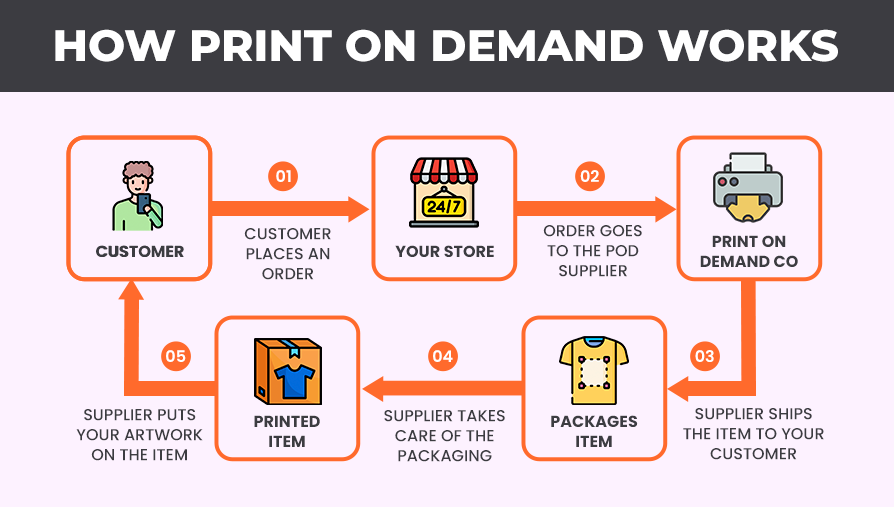
Embarking on a print-on-demand (POD) venture is a thrilling blend of creative passion and entrepreneurial spirit. You’re stepping into a realm where your concepts can materialize into real products, all without the hassle of storing heaps of inventory. Let’s get started by outlining the crucial steps you’ll need to follow to launch your POD business.
Choosing the Right Niche
Picking the right niche for your business is a lot like finding the perfect pair of shoes – it needs to feel just right and match who you are. Your niche will shape what your store offers and who you’re selling to. It’s crucial to pick a niche that excites you and has a dedicated following ready to buy.
Begin by jotting down your interests, hobbies, and passions. Think about if there’s a special angle or an unmet need in the market that you could address. Maybe you’re into vintage travel posters, humorous pet costumes, or motivational fitness apparel. Look into these ideas to see if there’s a demand for them, and check out the competition using tools like Google Trends or SEMrush to see how often people are searching for these things and what the trends are.
Keep in mind that starting with a niche you’re passionate about keeps you driven and helps you build a bond with your customers. Plus, being genuine often comes across in your marketing and branding, making it more effective.
Selecting a Reliable Print-On-Demand Supplier
After you’ve settled on your specific market, the next step is to locate a print-on-demand provider that matches your business objectives. These providers will serve as essential collaborators, taking care of the printing, packaging, and delivery of your items.
When selecting a provider, keep the following factors in mind:
– Array of Products: Verify that they have a diverse selection of products suitable for your niche.
– Quality Standards: Superior printing and materials are vital. It’s a good idea to ask for samples so you can evaluate the quality firsthand.
– Delivery: Take into account shipping durations and expenses, both within your country and internationally if you intend to sell abroad.
– Compatibility: Choose providers that work smoothly with your chosen ecommerce platform, such as The CEO Creative, WooCommerce, or Etsy.
– Client Assistance: Dependable communication and support can prevent a lot of issues down the line.
Some notable suppliers to consider are Printful, Printify, and Teespring—all well-known in the POD industry for their reliability and quality. Review each option carefully and make sure they align with your needs before committing.
Setting Up an Online Store
Alright, so you’ve settled on your niche and found a great supplier – now it’s time to get your online store up and running! Think of this as your virtual shop window where customers will come to check out and buy your awesome products. First impressions are key here, so let’s make it count.
Here’s a breakdown of how to get the ball rolling:
– Picking Your Platform: You’ll want to choose a platform that suits your needs like a glove. Shopify is a crowd favorite thanks to its user-friendliness and packed features. But don’t stop there! Other solid choices are Squarespace, BigCommerce, or if you’re leaning towards a marketplace vibe, Etsy.
– Branding Magic: This is where you let your brand’s personality shine. Craft your store’s layout, logo, and color palette to make it truly yours. Remember, it needs to be a breeze to navigate and a feast for the eyes.
– Showcasing Your Products: Time to add your products with descriptions that pop, captivating images, and prices that can’t be beat. High-quality photos are an absolute must – they’re the stars of the show, so make sure they’re dazzling.
– Setting Up Secure Payments: You’ll need a reliable payment gateway to handle transactions safely and securely. Consider options like PayPal, Stripe, or Shopify Payments to ensure smooth sailing.
– Policies: Be super clear about your return policy, how you handle shipping, and your terms of service. This helps build trust with your customers.
– SEO and Marketing: Make sure your store is easy to find on search engines and get your marketing plan rolling. Think about using social media, email blasts, or even paid ads.
Think of your online store as your own personal stage. Every piece of it should come together to make shopping a breeze and a pleasure for your customers.
Leveraging Net 30 in Your Business Strategy
As a fresh entrepreneur, mastering your money matters is crucial for keeping your business afloat and helping it thrive. This is where Net 30 terms can really make a difference in your game plan. By setting up a deal where you pay your suppliers a month after you get what you need, you can keep a better handle on your cash flow and avoid shelling out too much upfront.
Building Supplier Relationships
Building a solid relationship with your suppliers is key to success, much like any other strong partnership, particularly when you’re aiming to secure Net 30 terms. Showcasing your reliability and clear communication skills is a great place to start. Here are some tips to help forge those bonds:
– Be Transparent: Lay out your needs and expectations from the get-go.
– Be Consistent: Keep your orders regular and always meet your payment deadlines.
– Offer Feedback: Share honest thoughts on their products and services, and be receptive to their feedback too.
– Show Support: Give shoutouts or positive reviews to suppliers who do a great job. This can make them want to prioritize your business.
– Be Loyal: Stick with suppliers who consistently deliver quality. Loyalty can pay off in the long run with better terms.
When you build trust and mutual respect, you open doors to better negotiations, potential discounts, and even faster service. It’s a win-win!
Balancing Cash Flow and Investments
When you’ve got those Net 30 payment terms, it’s like having a little financial cushion. You get to bring in your goods and hopefully sell them off before the bill for them comes due. Sounds great, right? But, you really need to stay on top of things to make the most of it.
Here’s how you can do that:
– Keep a Close Eye on Sales and Money Coming In: Fire up that accounting software and keep track of every sale, making sure to bill your customers promptly. Knowing exactly where you stand money-wise at any given moment means you won’t overspend and can make smarter choices.
– Sync Up Your Payment Schedules: Try to time your payments to your suppliers (thanks to that handy Net 30) with when your customers are paying you. This way, your cash flow stays nice and even. For example, aim to get payments from your customers within 15-20 days, giving you a little breathing room to sort things out.
– Build a Safety Net: Tuck away some of your profits into a reserve fund. This will be your lifesaver when business slows down and you still have bills to pay.
– Don’t Go Overboard with Credit: Only buy what you’re confident you can sell within that 30-day window. Taking on too much credit can put a real strain on your finances.
Successfully balancing cash flow with investments ensures your business can grow sustainably without unnecessary financial stress.
Financial Planning and Forecasting
A wise business owner is always thinking ahead. Planning and predicting your finances gives you a clear picture of where your company is going and helps you make smart choices.
– Make a Budget: Figure out how much money you expect to come in and how much you’ll spend. Change the budget when necessary and use it to run your business daily.
– Guess Future Sales: Look at past sales and market trends to guess how many sales you’ll make in the future, and get ready for changes in how many orders you get or for seasonal differences.
– Set Goals: Decide on short-term and long-term money goals, like hitting a sales target, adding new products, or moving into new markets. Use these goals to make detailed plans.
– Study Financial Reports: Check your income statements, balance sheets, and cash flow statements often to get a better handle on your money situation.
– Have Backup Plans: Be ready for surprises or emergencies that could affect your finances, like suppliers suddenly charging more.
When you weave solid financial planning into the fabric of your business plan, you’re doing more than just getting by. You’re actually flourishing, laying the groundwork for success that stands the test of time.
To wrap things up, launching a print-on-demand venture with a tiny upfront cost, thanks to those handy Net 30 terms, isn’t just a possibility—it’s a clever business move. Picking a profitable niche, teaming up with a reliable supplier, and putting together a captivating online shop creates a rock-solid base for your business. Plus, using Net 30 terms as a cash flow management tool can give your enterprise the monetary flexibility essential for expansion and triumph. With a bit of grit and these strategies at your disposal, you’re on a clear path to turning your entrepreneurial aspirations into reality!
Effective Marketing Strategies for Print-On-Demand
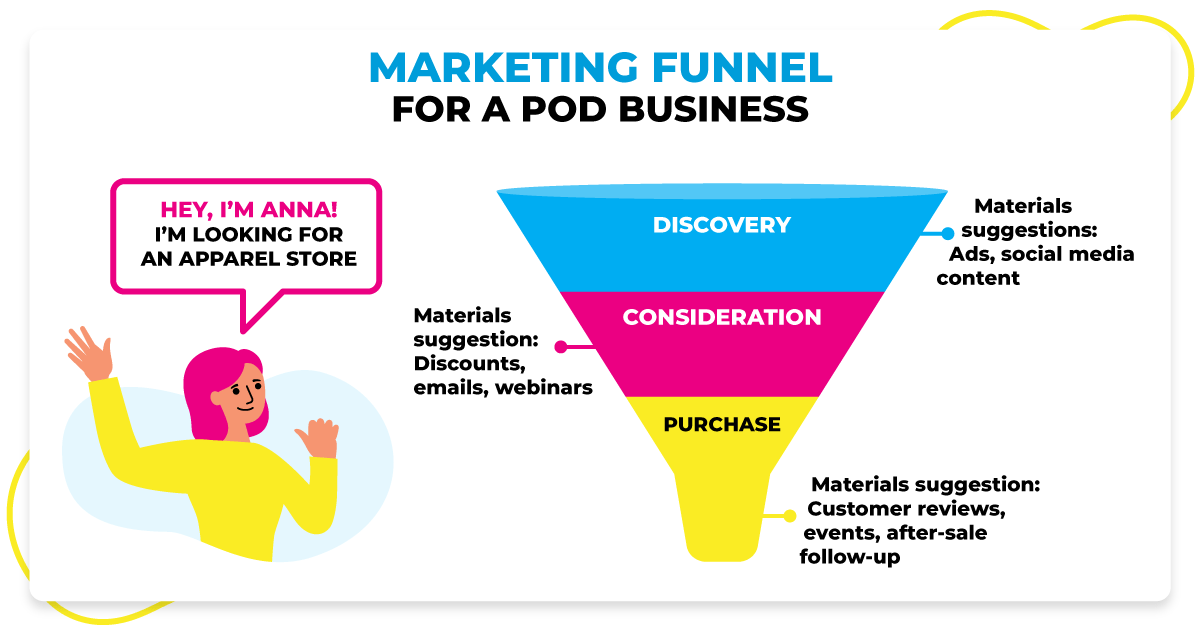
Getting a print-on-demand business off the ground is thrilling, but if you want to truly make it big, you’ve got to have some great marketing plans ready to go. Things like building a really strong brand, making the most of social media and online ads, and connecting with the right people will make your business stand out. Let’s jump into each of these ideas!
Developing a Strong Brand Identity
Having a strong brand identity is super important if you want to get noticed in the print-on-demand world. Think of your brand as the heart of your business – it shares your story, highlights what you stand for, and forms a real connection with your customers. Here’s how to make your brand really shine:
– Figure out your brand’s “why”: Take a moment to think about the problems your products fix and the reason your business is around in the first place. Having a clear purpose will make every branding choice easier.
– Design a logo that sticks: Your logo is often the first impression customers get, so make sure it’s catchy and really shows off your brand’s unique character.
– Pick colors and fonts that match: Choose a color scheme and fonts that fit your brand’s style and stick to them. Keeping things consistent helps make your brand more recognizable.
If you focus on these things, you’ll end up with a brand identity that truly resonates with your audience and makes your business stand out from the crowd.
Utilizing Social Media and Online Advertising
In our current digital landscape, social media and online advertising are key players when it comes to boosting your brand’s visibility and boosting sales. Here’s a simple breakdown of how to use these tools effectively for your print-on-demand venture:
– Pick the Best Platforms: Consider where your ideal customers are spending their time online, whether it’s on visually-driven Instagram or trend-focused, short-video TikTok.
– Create a Content Schedule: Plot out and organize your posts ahead of time to ensure they’re both timely and captivating. Keeping a consistent posting schedule helps your brand remain top-of-mind for your followers.
– Utilize Paid Ads: Platforms like Facebook Ads or Google Ads allow you to aim your content at particular groups based on demographics and interests. Begin with a modest investment, study your outcomes, and expand on the tactics that yield the best results.
These methods can significantly expand your audience even without a massive budget, making them perfect for businesses starting with limited funds.
Engaging with Your Target Audience
The foundation of a thriving print-on-demand business lies in establishing a genuine connection with your target audience. When you interact with your customers in a meaningful way, they’re more likely to become loyal fans, repeat buyers, and even champions of your brand. Here’s how to make that happen:
– Initiate Conversations: Engage with your audience through comments, direct messages, or community forums. Make it clear that you value their thoughts and input.
– Provide Value and Entertainment: Go beyond just selling by sharing useful tips, behind-the-scenes glimpses, or interesting facts about your products that capture their attention.
– Inspire User-Generated Content: Encourage your customers to share pictures of your products in their daily lives. This not only generates content for you but also helps build a sense of community.
By actively listening to and interacting with your audience, you can transform your marketing from a one-sided message into a two-way conversation, ultimately forging stronger, more enduring relationships.
Alright, let’s break it down. By mixing all these marketing approaches, you’re paving the way for real success in the print-on-demand game, and you don’t even have to break the bank to do it. Zero in on crafting a brand that really clicks with people, make social media your best bud, and truly connect with your followers. Put in the work, get those creative juices flowing, and you’ll witness your business take off faster than you can imagine. So what are you waiting for? Jump right into your next exciting business journey!
Conclusion
Launching a print-on-demand venture with a tiny upfront cost is totally doable and even thrilling when you’ve got Net 30 payment terms on your side. These terms are a lifesaver, easing your cash flow worries and giving your business the space it needs to flourish. Just keep in mind that success in this field doesn’t happen overnight. It requires thoughtful strategizing, a good dose of creativity, and a willingness to experiment. But with enough grit and by following the guidelines provided, you’ll be well on your way to establishing a thriving and lasting business. Enjoy the printing process!
